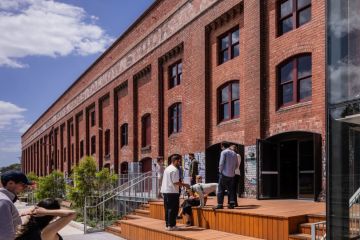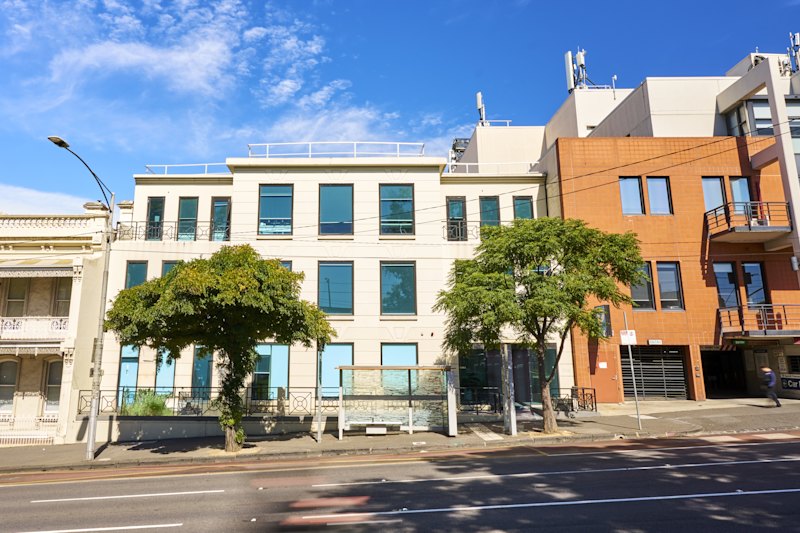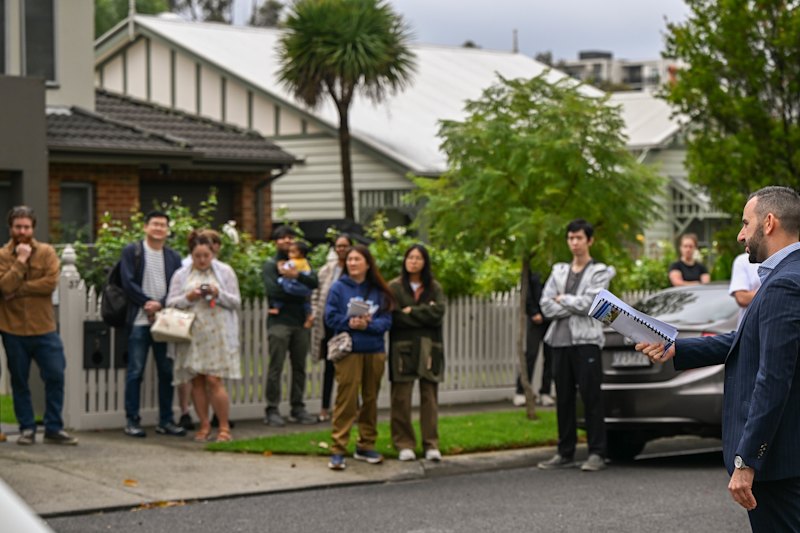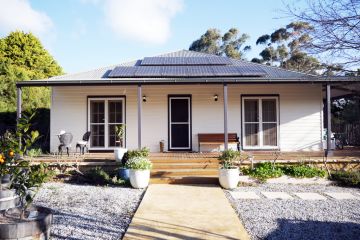How neglected industrial zones have become inviting waterfront parks
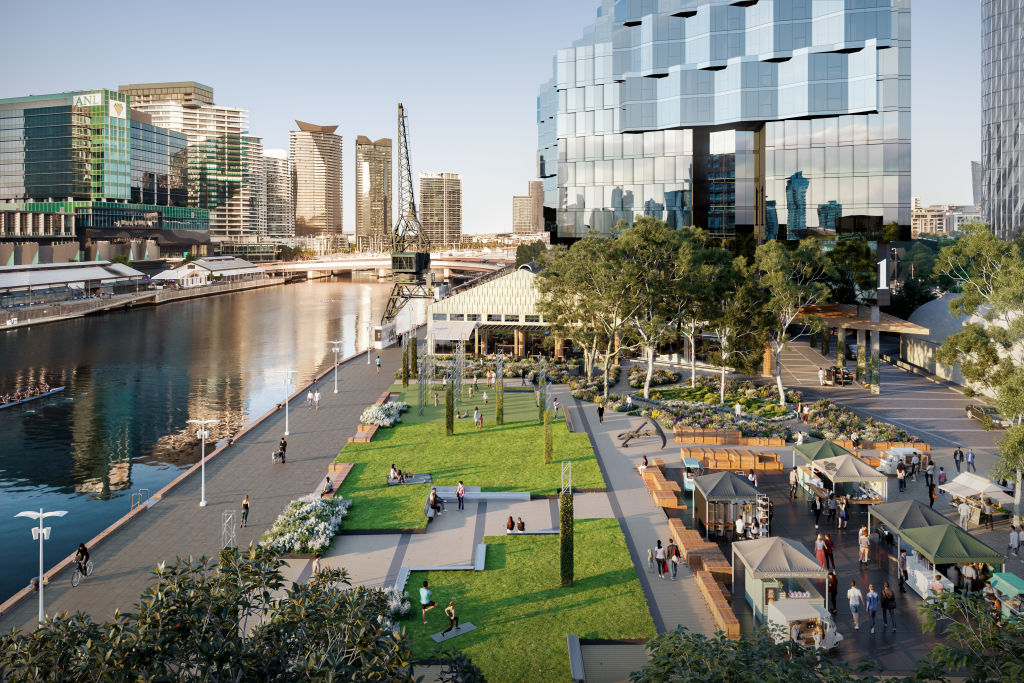
On the banks of rivers around the world, once-bustling ports are in various states of decay as residential and commercial projects shift cargo handling out of the city centres. But with change comes regeneration, and governments and developers are turning these industrial wastelands into some of the world’s most inviting waterfront parks.
Brooklyn Bridge Park
The ferry terminals and warehouses that lined New York City’s East River, facilitating trade between Brooklyn and Manhattan, fell into gradual decline as bridges brought an end to the ferry trade.
By the 1970s, the neglected site was decrepit and abandoned. Today, thanks to community advocacy to create public open space, it’s home to the award-winning Brooklyn Bridge Park, a 34-hectare riverfront park that includes a water garden used as a storm-reclamation system and several areas designed with microclimates.
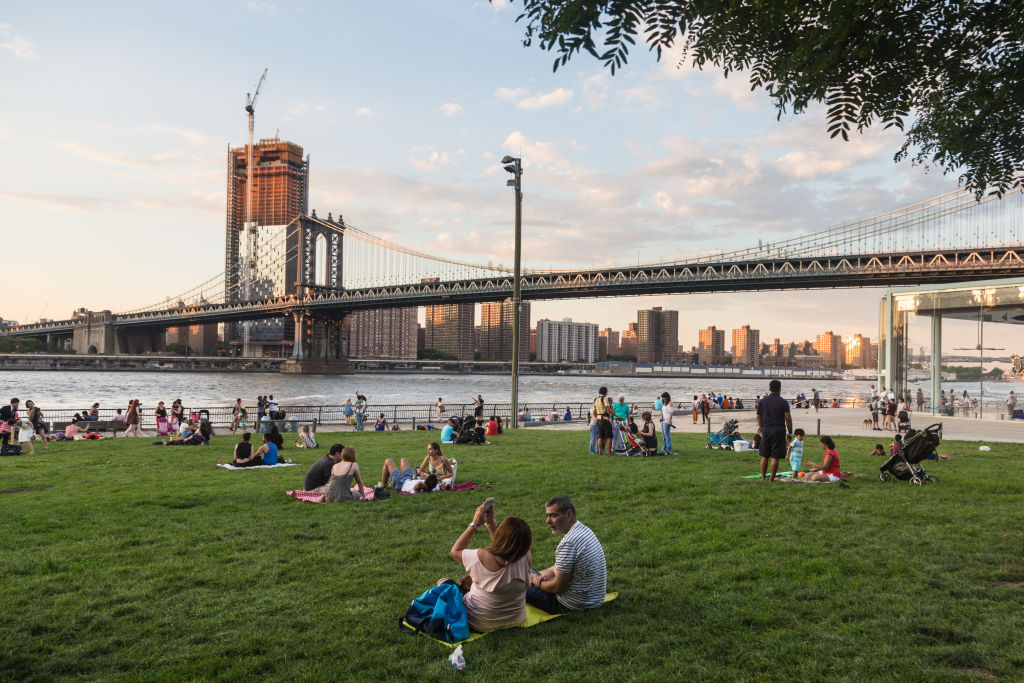
Jubilee Park
Similarly, the London Docks built along the Thames between 1700 and 1921 were closed in 1981 when they became too small for modern container ships. But the forgotten Docklands got a new lease of life when the government undertook a regeneration project which, along with new residential, commercial and retail elements, delivered the delightful Jubilee Park.
The park’s raised serpentine water channel and bubbling fountains offer a welcome reprieve in the urban landscape of Canary Wharf.
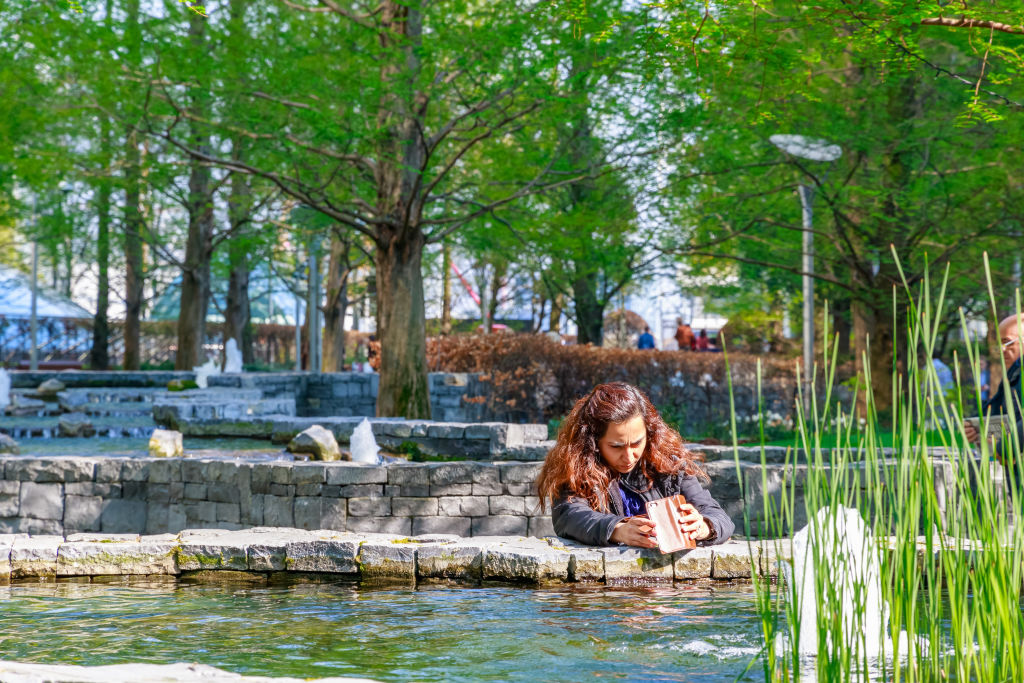
Seafarers Rest
Now it’s Melbourne’s turn for urban renewal on the waterfront, with the city set to host a new, 3500-square-metre waterfront park, Seafarers Rest, revitalising the site between Spencer Street and Charles Grimes Bridge. Once a bustling port, the area has been transformed over the past 20 years, with new developments set to bring thousands of residents to live, work and play at the precinct now known as Northbank.
The waterfront park is part of a larger development by Riverlee, named Seafarers, that will see 123 residences built above Australia’s first 1 Hotel, complementing the hotel brand’s sustainability ethos. Designed by OCULUS, the park has been largely inspired by the site’s maritime history.
“Community consultation identified that the idea of maintaining and enhancing the maritime history of the site was important,” says Claire Martin, OCULUS’ associate director. “It’s a significant part of the river historically.”
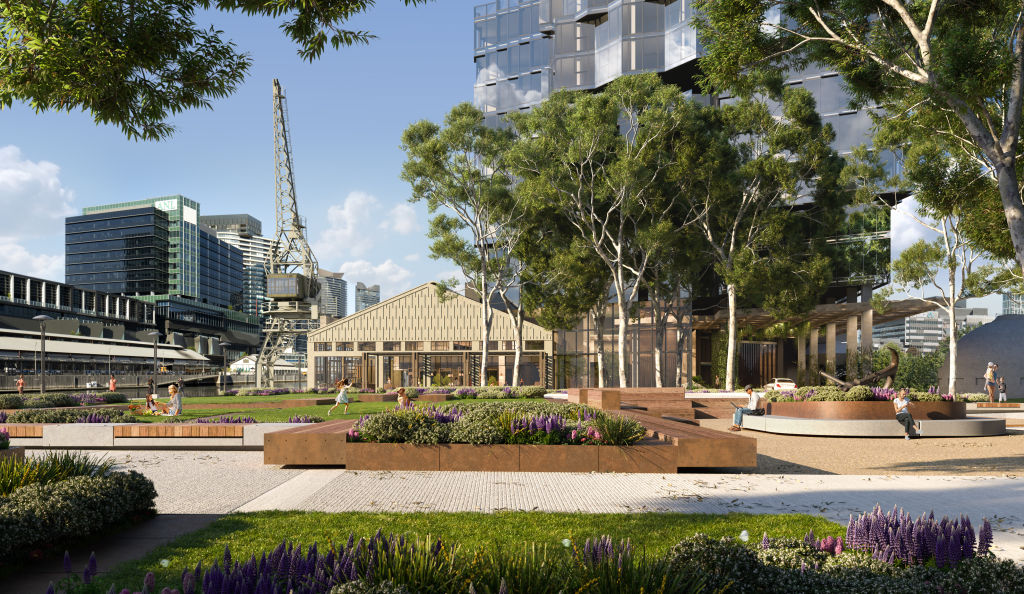
Plans for the space will frame views to the existing heritage elements and introduce genuine maritime artifacts like an anchor and a propellor. OCULUS has also worked with the traditional landowners to find ways to celebrate the river’s indigenous maritime history.
“It’s really exciting as a designer of places and spaces that we should and must celebrate the longest continuing culture in the world,” says Martin. “Because the river has always had such significance as a place of trade, gathering and food.”
Martin says the unique site, which hosts the 1917 Mission to Seafarers Building and its adjoining Norla Dome, as well as a crane used on the old docks and wharves, provided rich material to build on, alongside the City of Melbourne’s objectives to create more urban forest and more understorey, which in turn creates more habitat for fauna like bats and birds.
Ingredients for success
For Martin, a successful waterfront park offers both active play areas and passive recreation; shade, biking and walking connections; cultural connections and interactive elements that allow visitors to engage with the space.
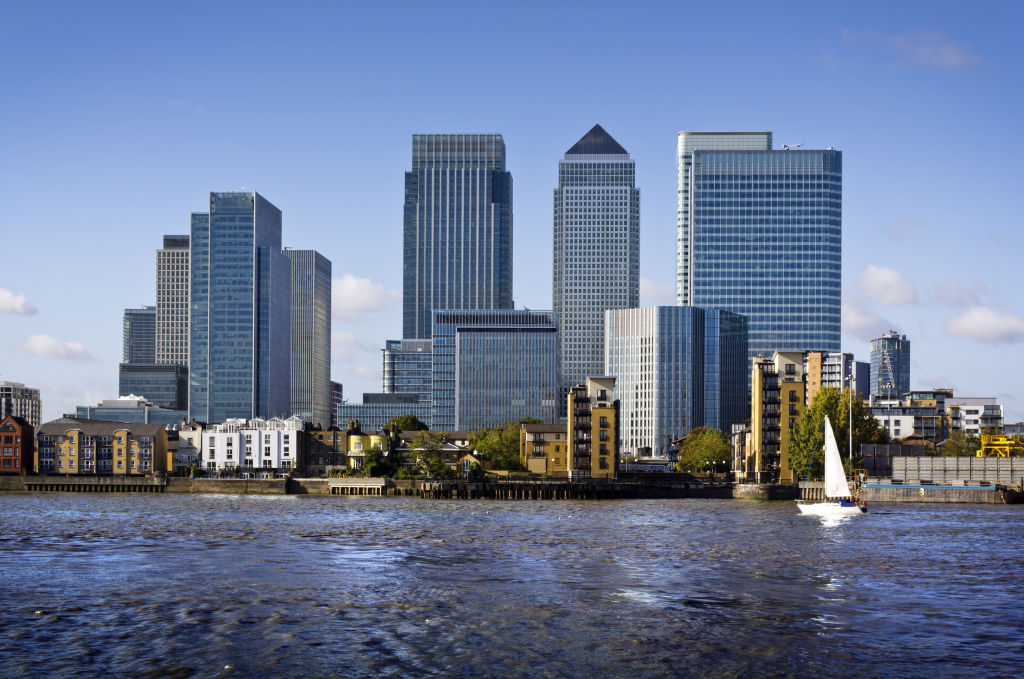
Martin says the Vancouver Waterfront Park on the north bank of the Columbia River and the Shanghai Shipyard Riverside Park on the Huangpu River are inspiring examples of urban renewal and activation of a river’s edge.
At Seafarers Rest, the plan is to both hero the river and encourage people to physically come to the riverfront. “We’re playing off the river as a backdrop and an organising device for the city,” says Martin.
We recommend
We thought you might like
States
Capital Cities
Capital Cities - Rentals
Popular Areas
Allhomes
More



